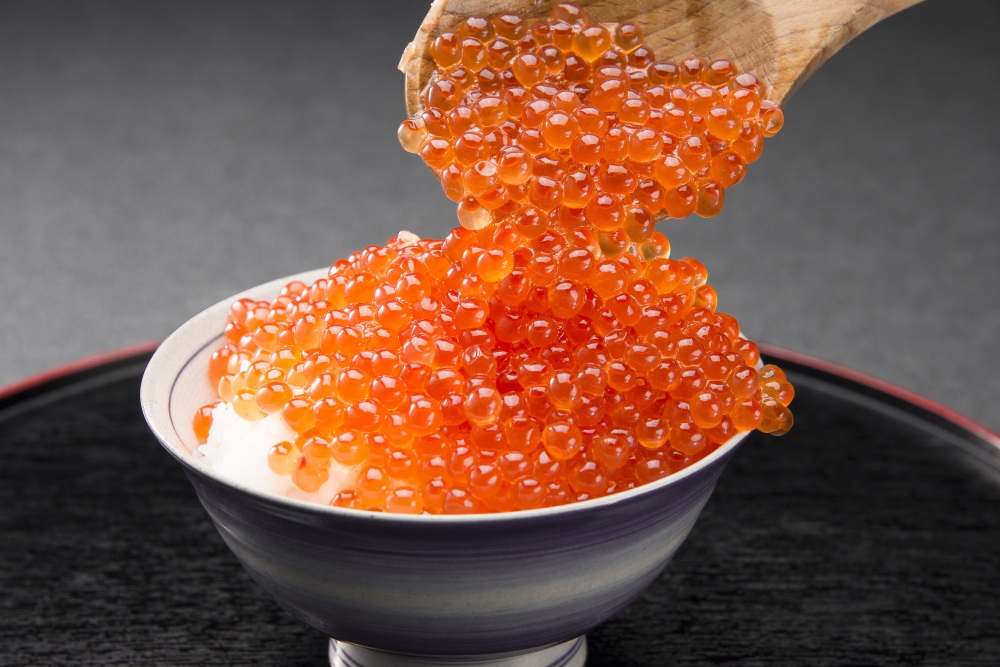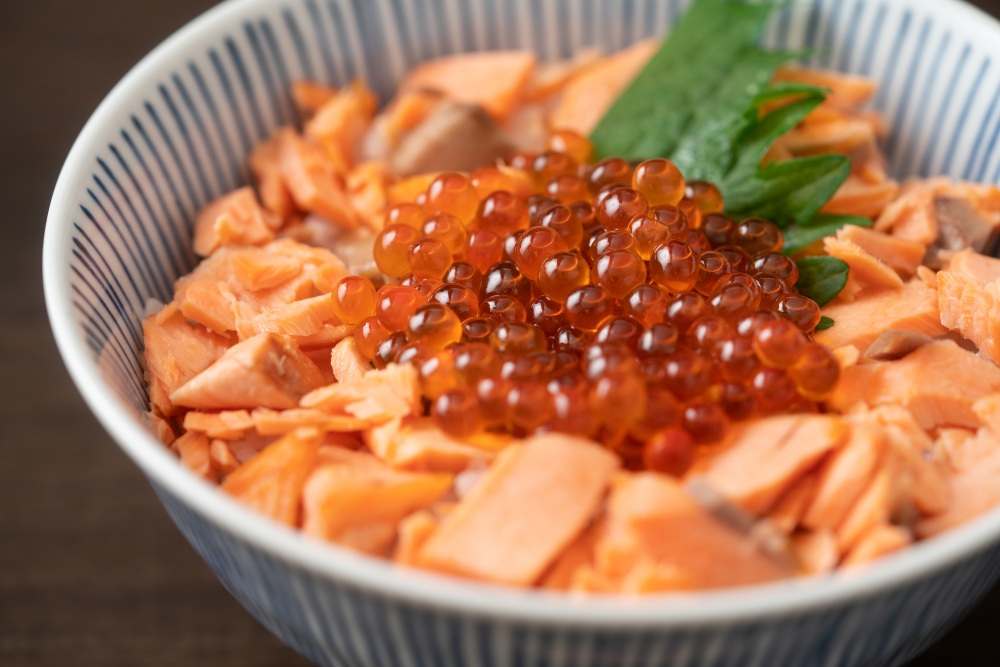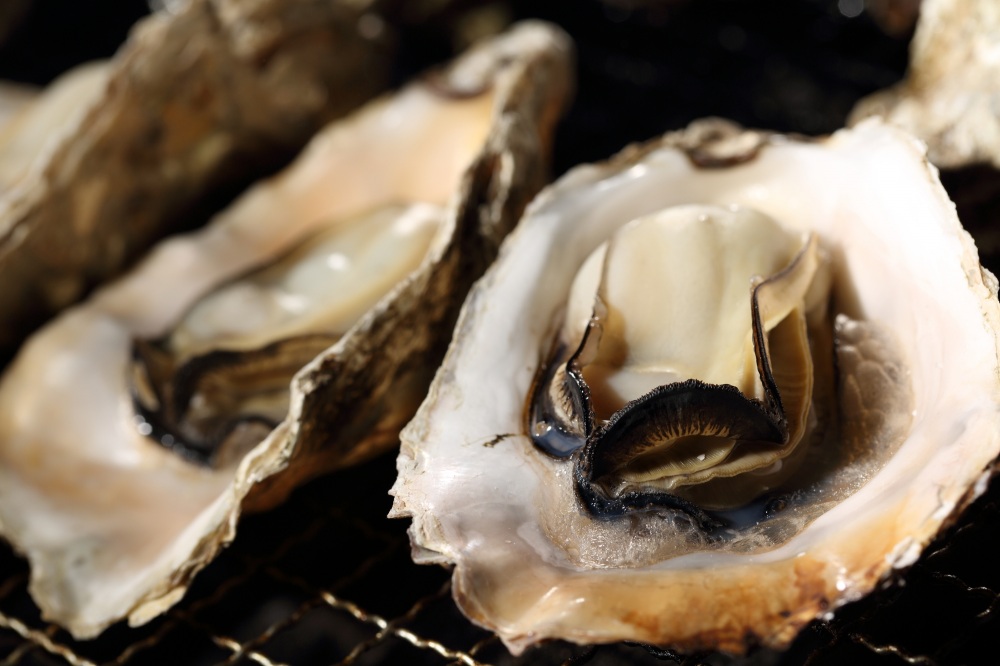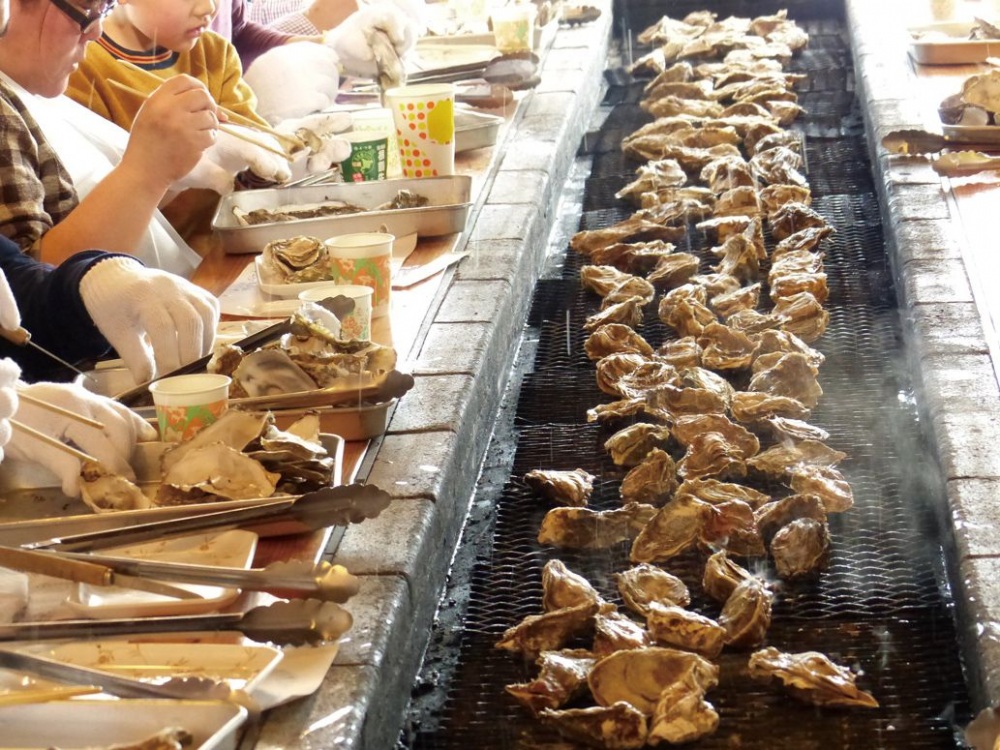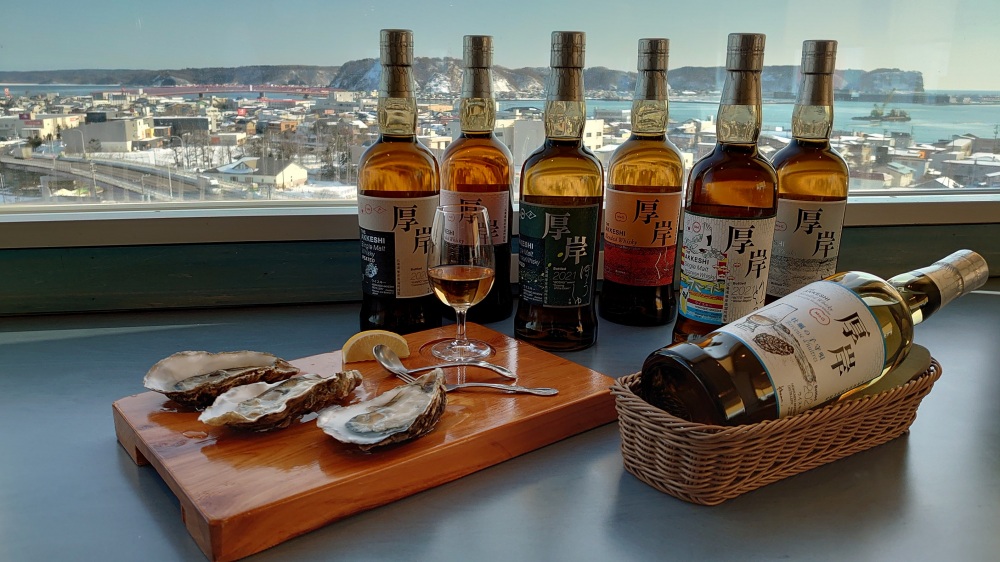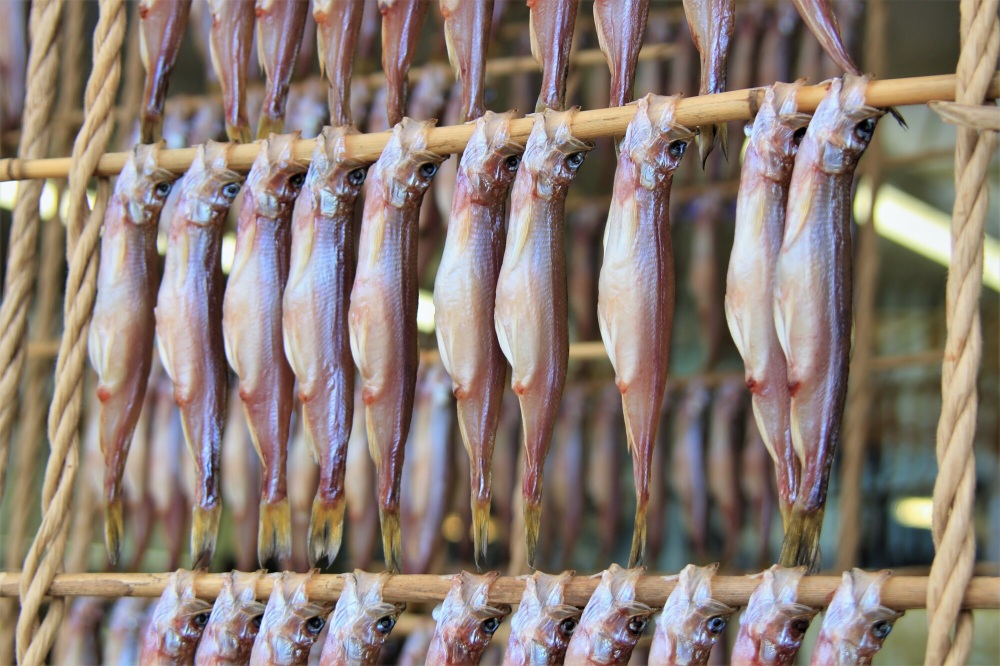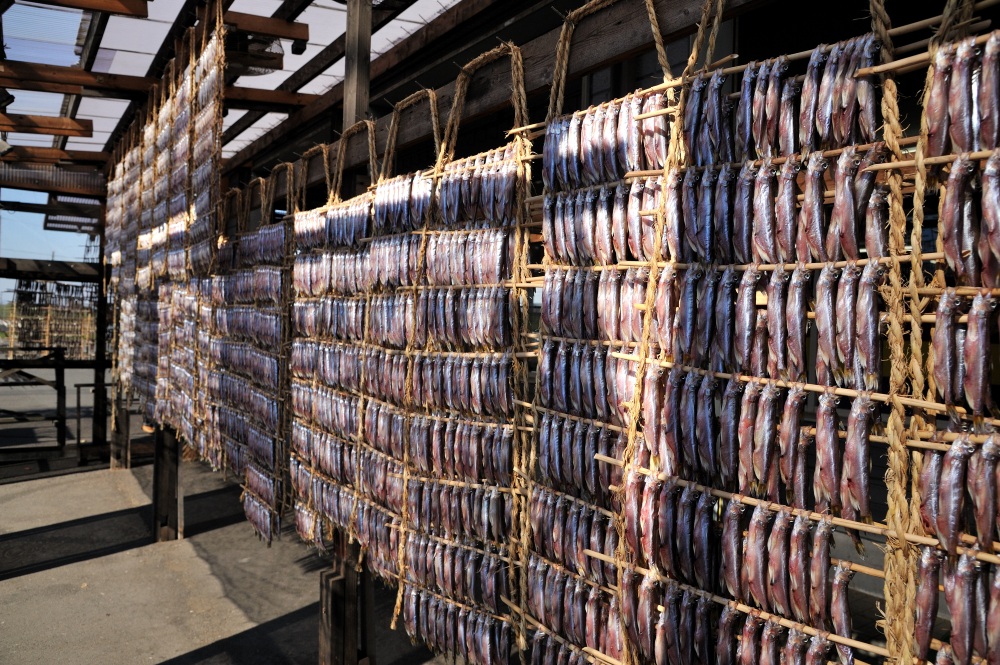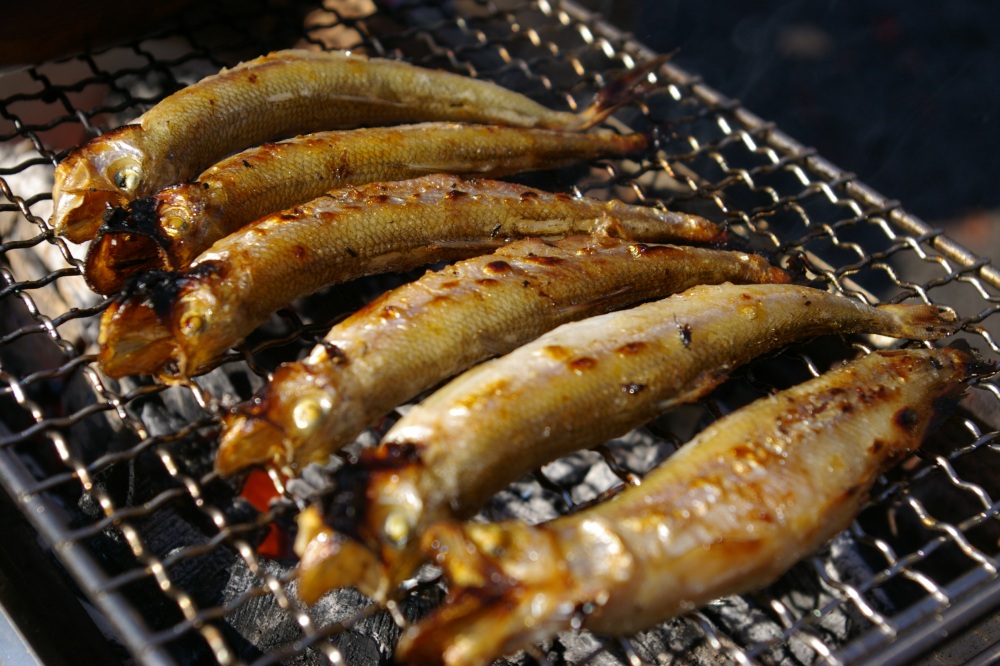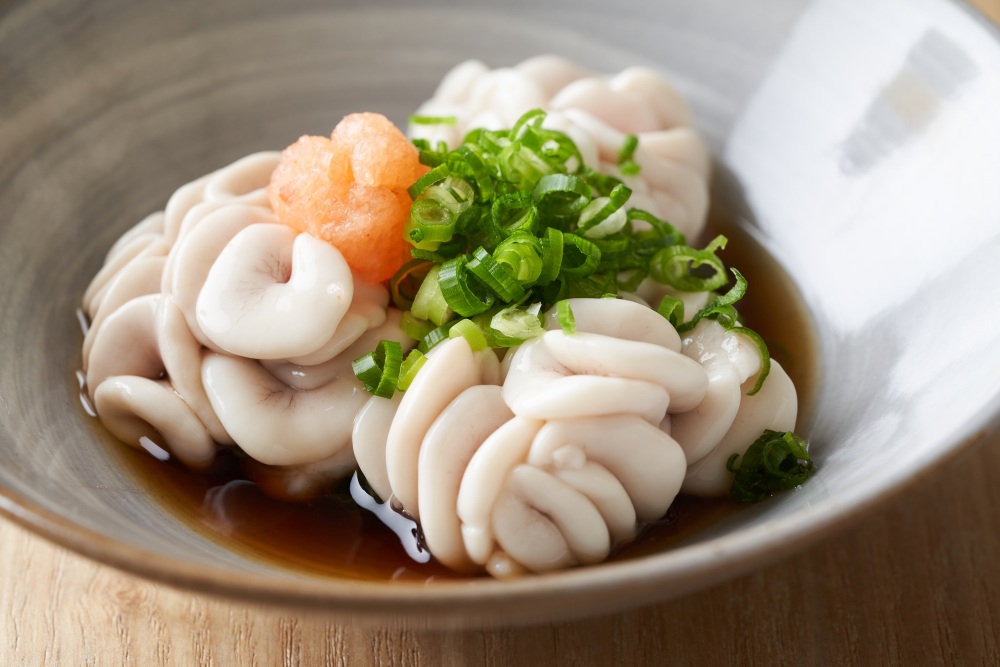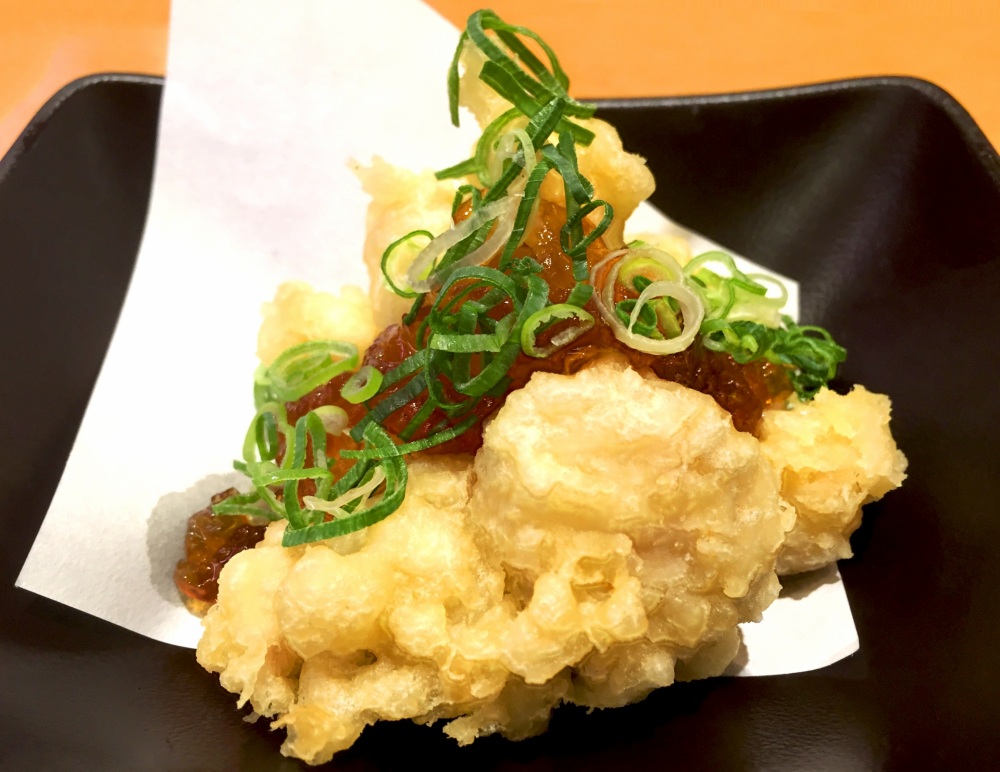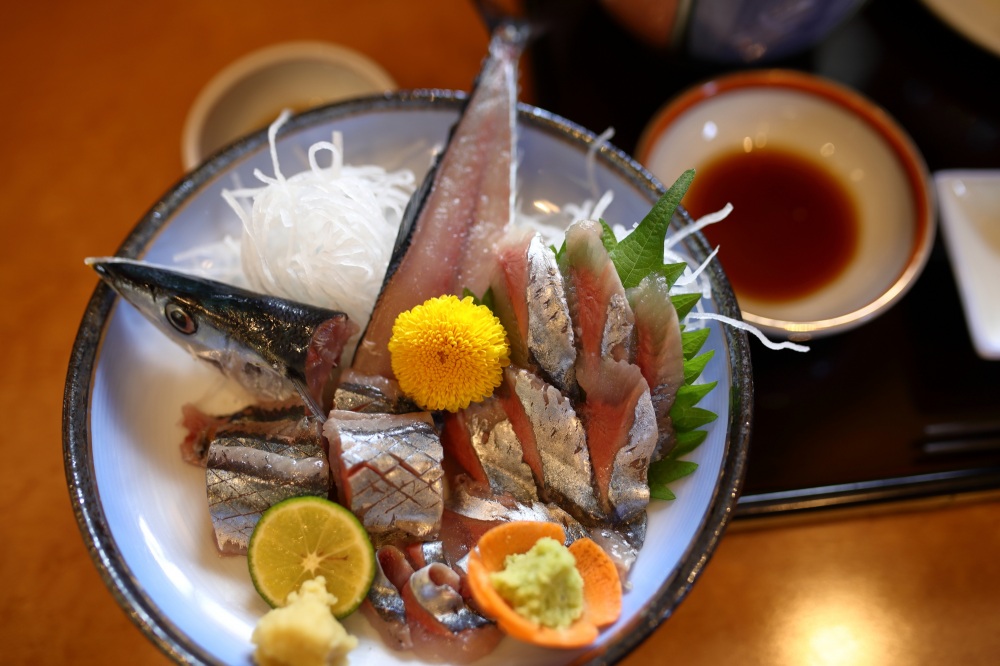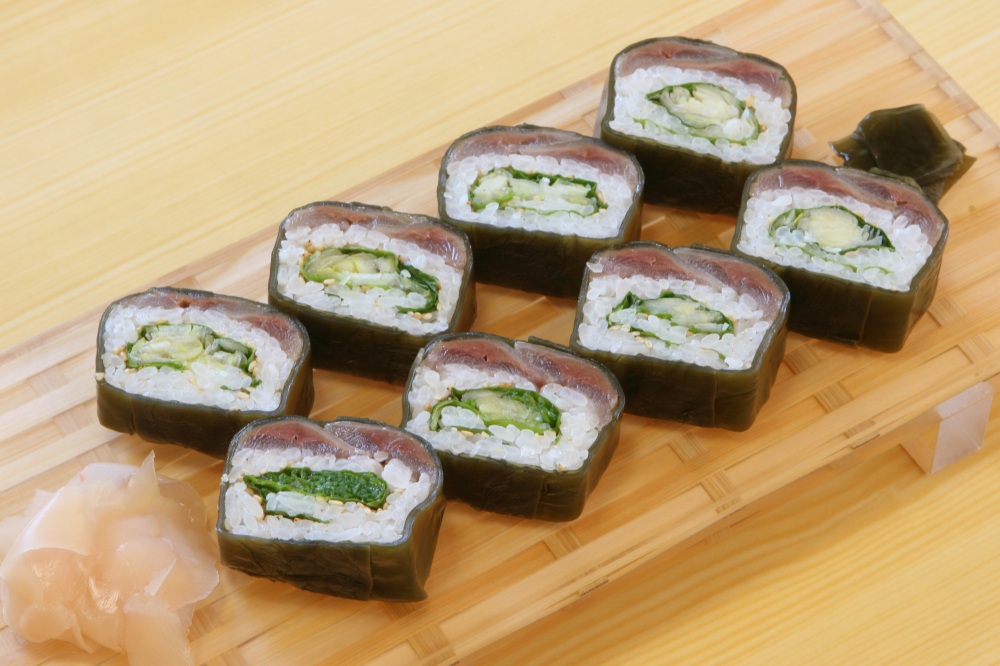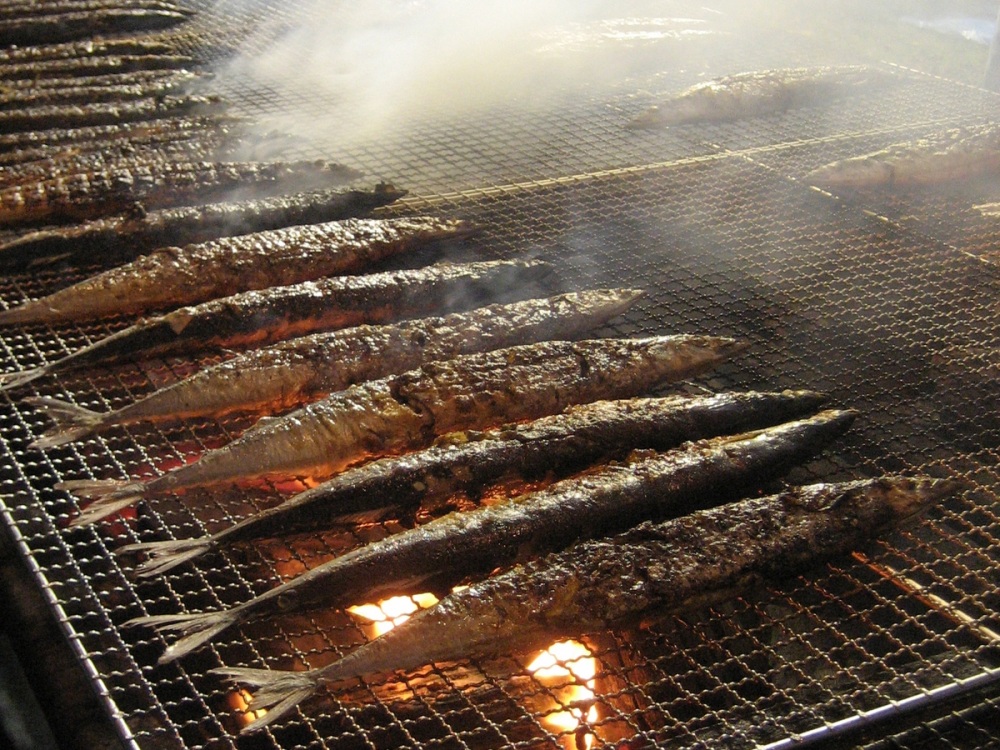Hokkaido gourmet special feature for autumn and winter
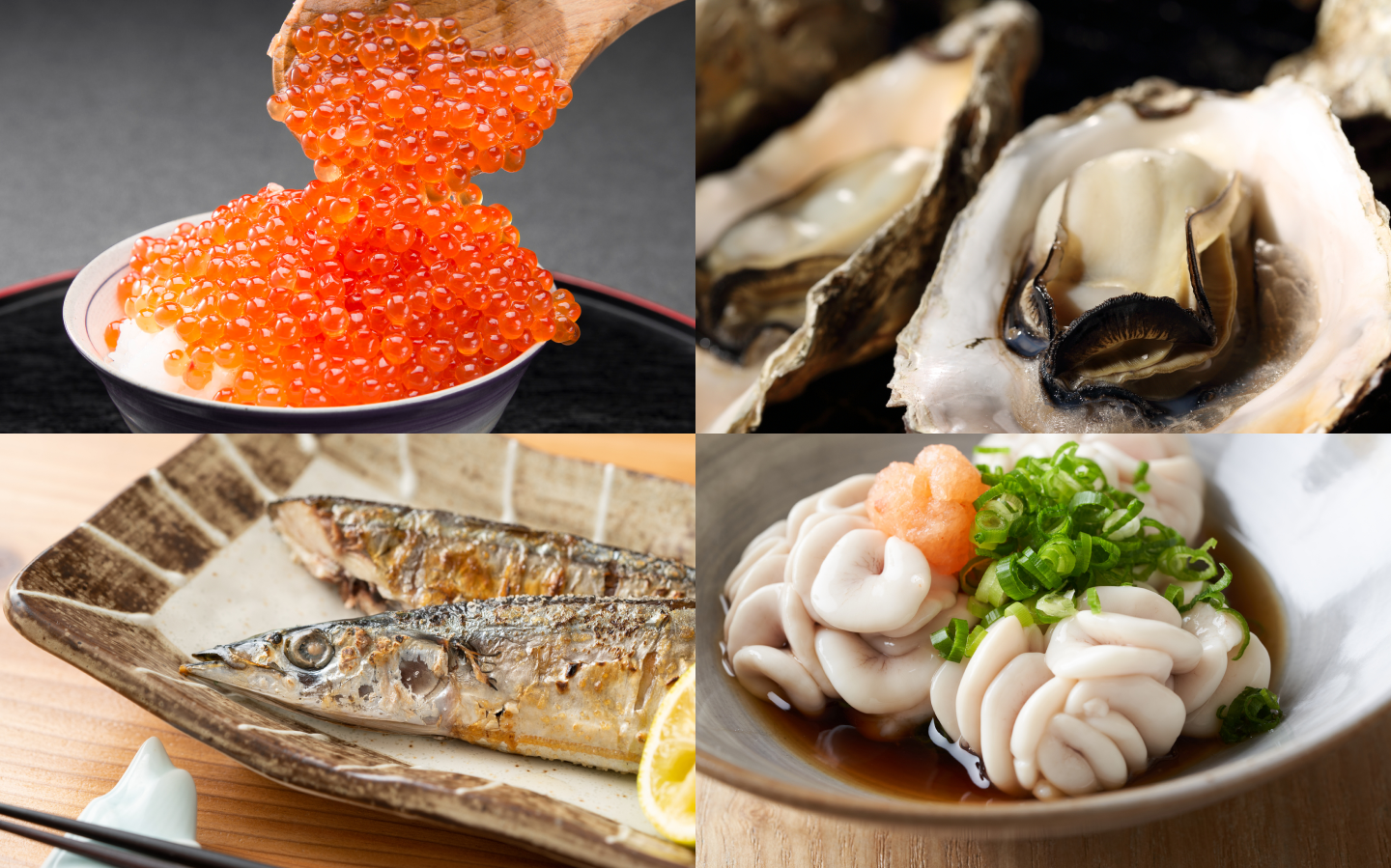
"The Kingdom of Food," Hokkaido! As the autumn harvest season approaches, there is an abundance of seasonal ingredients that we can't wait to try.
Hokkaido's must-try seafood becomes even more delicious from autumn to winter, so don't miss it!
Plan what you want to eat in advance and fully enjoy Hokkaido's gourmet food!
- * Please note that the text shown on this page includes machine translations.
Autumn salmon is indispensable for Hokkaido cuisine!
Hokkaido is a famous producing region for autumn salmon! From September to October, it is the homecoming season for salmon. During this time, when salmon return to the rivers where they were born to spawn, they are called "autumn salmon."
Male salmon are fatty, and female salmon are full of delicious eggs in their bellies. Autumn salmon, packed with deliciousness, is undoubtedly a must-try gourmet food on an autumn trip to Hokkaido. In fact, about 90% of domestically produced autumn salmon is caught here in Hokkaido.
Among them, Rausu Town, on the eastern coast of Shiretoko, a World Natural Heritage site, is known as one of Japan's top producing regions. The premium salmon caught there is branded as "Raou."
And speaking of autumn salmon, we cannot overlook "ikura," with its popping texture and rich, melt-in-your-mouth flavor! Seeing the jewel-like orange glow, you can't help but get excited. A "salmon and ikura donburi" (rice bowl) is a special treat that is unique to Hokkaido, the birthplace of salmon!
Salmon is considered a special existence, called "the fish of the gods" by the Ainu people. If you come to Hokkaido, you'll regret it if you don't eat it.
- Ishikari Nabe
- Ishikari Nabe is one of Hokkaido's representative local dishes.
As the name suggests, the fisherman's dish is believed to have been born in the neighboring city of Ishikari in Sapporo.
The main ingredient in Ishikari Nabe is salmon!
The real taste is to put "ara" such as salmon meat and middle bones in a pot with vegetables such as cabbage and onions, season them with miso, and sprinkle Sansho to bring out the flavor.
In Ishikari City, there are many shops where you can enjoy authentic Ishikari Nabe, including "Kindaitei" which is said to be the original Ishikari Nabe restaurant.
It is a local dish of Hokkaido that is perfect for warming your body in autumn and winter when it gets cold. 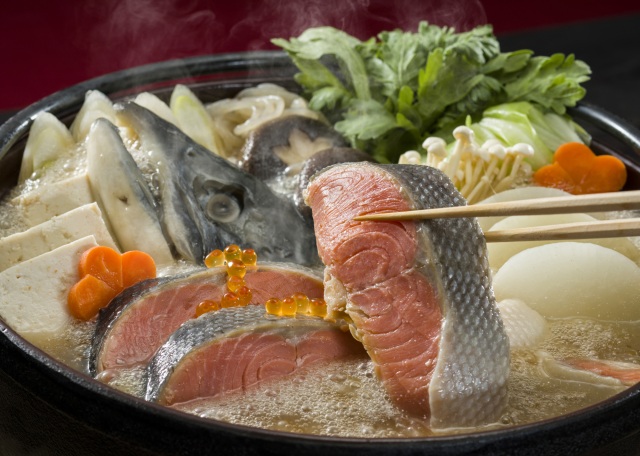
- View more
- Ruibe Salmon
- Ruibe is a traditional dish where frozen salmon or trout is eaten as sashimi without being thawed. Salmon was a very important food for the Ainu people as a preserved food, and the name "Ruibe" comes from the Ainu words "ru" (to melt) and "ipe" (food).
This dish can be considered unique to Hokkaido, where the natural coldness would freeze the ingredients, even before the invention of freezers. The unique taste of the frozen salmon gradually melting in your mouth is popular not only among locals but also tourists. Nowadays, it can be enjoyed at restaurants and is also sold at souvenir shops and airports. 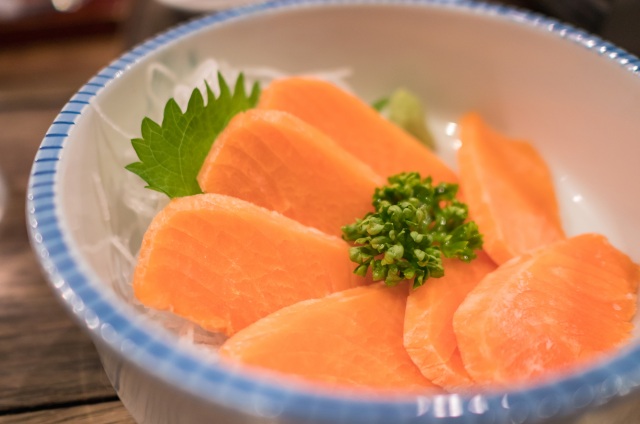
Oyster lover's paradise, Akkeshi
Oysters are called “milk of the sea” not only because of their milky white appearance, but also because they contain so many nutrients, just like milk. Kushiro and Akkeshi in the eastern part of Hokkaido are famous for their delicious oysters.
Akkeshi is famous for being the only place in Japan where fresh, delicious oysters are available year-round, but the best time to eat them is from December to February. From autumn to winter, you can taste especially fat oysters.
In Akkeshi, oyster maturation is controlled by taking advantage of the oyster's property of “slow growth in low water temperature. Oysters that have grown slowly in the cold sea, taking in nutrients slowly and deliberately, have a concentrated and rich flavor! Oyster lovers are sure to be impressed by these delicacies.
In Akkeshi, “Akkeshi Taste Terminal, Conchiglie,” a Michi-no-Eki where you can enjoy an oyster bar and all-you-can-eat oysters, is a popular spot. You can enjoy plump and juicy oysters to your heart's content!
Akkeshi Oyster Festival
The Akkeshi Oyster Festival, held in early October, is a popular event that attracts more than 20,000 visitors each year.
At the festival site, visitors can enjoy oyster ramen, oyster bento boxes, and scallion soup, as well as enjoy seafood purchased on the site and grilled over charcoal on the spot.
There are also events such as catching oysters and clams, so even if you visit on a whim, you can enjoy the lively atmosphere.
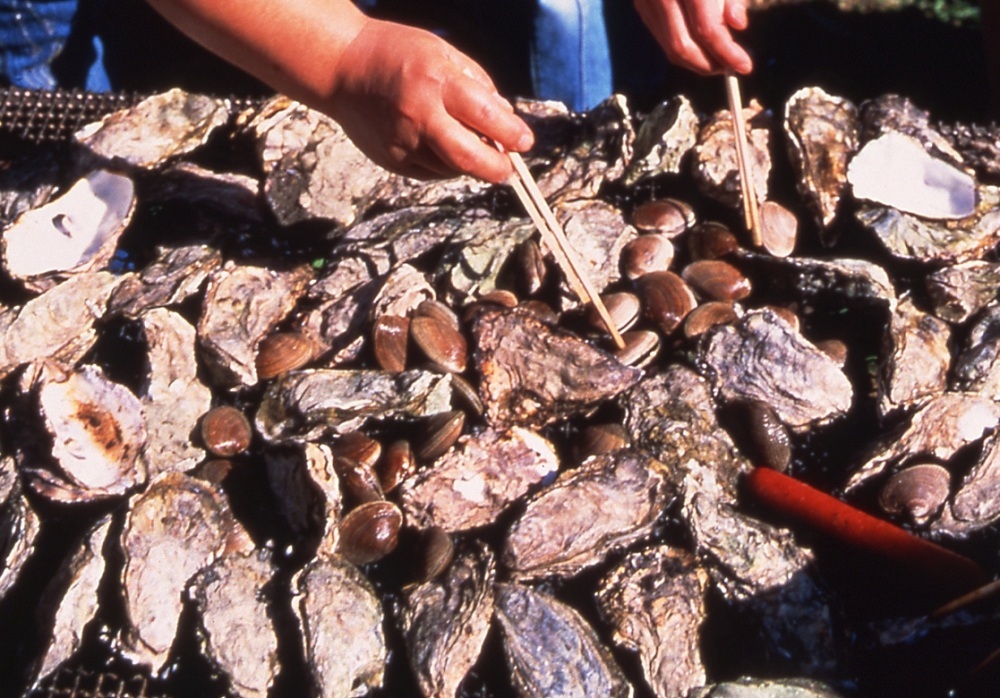
Only in Hokkaido! Genuine Shishamo (Central Hokkaido: Mukawa Town)
Have you ever heard the saying, "The 'shishamo' you always eat isn't actually shishamo"? That's right, what is commonly eaten is a substitute fish called capelin. So, what is real shishamo like? In fact, true shishamo is a rare fish that can only be caught on the Pacific coast of Hokkaido in the entire world. Among the famous production areas is Mukawa Town. Here, hanging the caught shishamo to dry under the eaves, known as "sudare-boshi," is an autumn tradition during the fishing season.
The taste is also significantly different from capelin. True shishamo is originally a plump fish with a rich fat content. Even the males without eggs have firm flesh and a rich flavor. The females with eggs offer a fluffy texture and a gentle sweetness.
Since the taste differs between males and females, it's recommended to try both and compare.
Limited to October-November! Shishamo Sushi
Shishamo is usually not eaten raw because it spoils easily. However, in Mukawa Town, where fresh shishamo is available, you can enjoy it as sashimi or sushi for a limited time! Fresh shishamo can only be eaten raw during the fishing season from October to November. The sushi made with fatty male shishamo is especially popular! The sweetness of the shishamo stands out, offering a luxurious taste experience. During the season, fans visit not only from within Hokkaido but from all over the country.
This very rare shishamo sushi is a must-try for food enthusiasts.
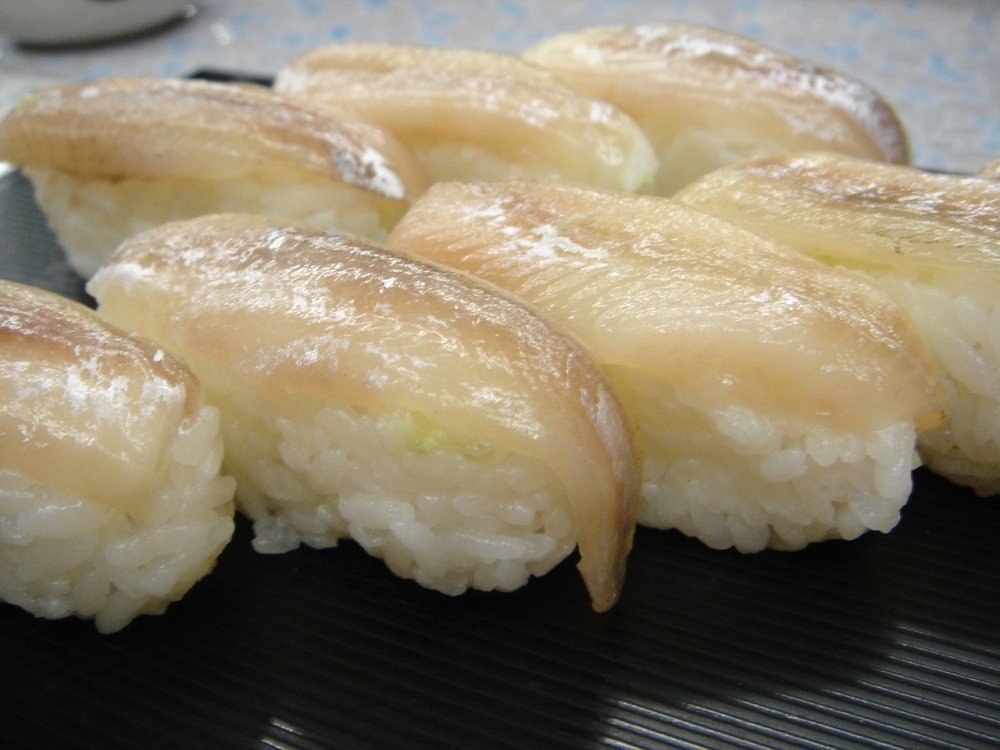
You will definitely get hooked on the creamy taste of "tachi"!
Rich, creamy, and delicious, cod milt (shirako) is often considered a bit pricey when eaten at izakayas or Japanese restaurants in Honshu. In Hokkaido, where shirako is called "tachi," the milt of Pacific cod is known as "ma-dachi," and the milt of Alaska pollock is called "suke-dachi." Suke-dachi, in particular, is reasonably priced and enjoyed at home.
During the harsh winter, dishes like "tachi tempura" and "tachi ponzu" (shirako with ponzu sauce) appear on izakaya menus and become popular seasonal delicacies. Served with grated daikon and green onions, they make an irresistible accompaniment to drinks. The plump texture and rich flavor are sure to get you hooked.
A Taste of Autumn: Hokkaido's Sumptuous Sanma (Pacific saury)
As autumn arrives, bringing with it crisp air and the promise of bountiful harvests, there's one seasonal delicacy that truly captures the essence of this time of year.
Sanma, a migratory fish, swims to the eastern part of Hokkaido to fatten up in preparation for spawning. This is why sanma caught in eastern Hokkaido, particularly in Nemuro, is exceptionally large and incredibly fatty. In fact, Hanasaki Port in Nemuro boasts the highest annual catch of sanma in Japan.
Moreover, Nemuro's proximity to the fishing grounds in the Okhotsk Sea allows for same-day fishing trips, ensuring that the sanma is incredibly fresh. This "day-trip sanma" is so fresh that it stands upright when placed on a cutting board, earning it the nickname "ippon-dachi sanma" (literally, "standing sanma").
When enjoyed as sashimi, the freshness of sanma is truly highlighted. The rich, oily flavor melts in your mouth, providing a truly unforgettable taste of the season.
Another popular dish is the "Nemuro sanma roll sushi," where fatty Nemuro sanma is wrapped in mineral-rich Nemuro-grown saomae kelp.
Of course, no discussion of sanma is complete without mentioning grilled sanma. The skin is crispy and fragrant, while the flesh is tender and juicy. It's a perfect pairing with grated daikon radish and soy sauce.
Indulge in the flavors of autumn with this delectable treat.
Nemuro Sanma Festival
If you purchase a tray and chopsticks, you can grill and eat all the “Charcoal Grilled Sanma” you want! The “Nemuro Sanma Festival” is such a dreamy event. The all-you-can-eat fresh, fatty Nemuro saury, along with a “catching the saury” contest, attracts many visitors from adults to children. The festival is held over two days in mid-September every year. Why don't you try sanma in season in the best sanma town in Japan?
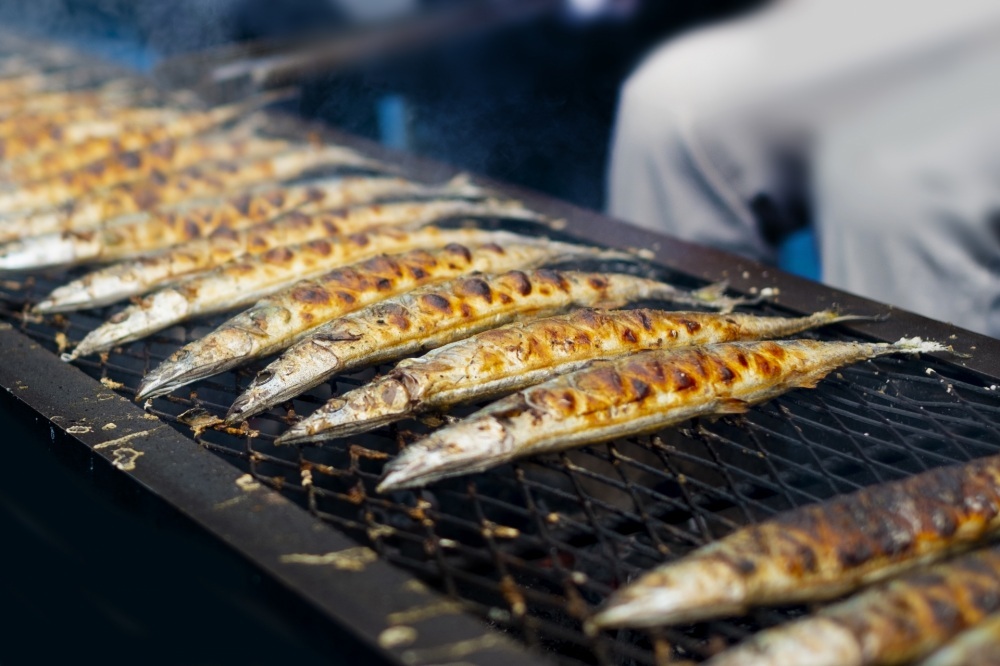
Ranking of popular articles
- Hokkaido Summer Travel Guide
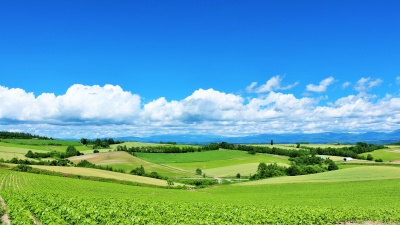
- https://www.visit-hokkaido.jp/en/feature/travelguide_summer
- Hokkaido Spring Travel Guide
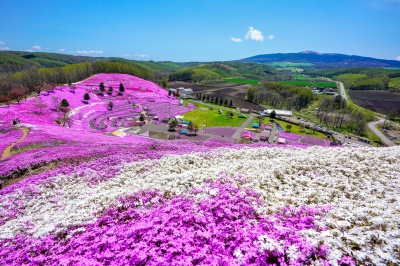
- https://www.visit-hokkaido.jp/en/feature/travelguide_spring
- Here are the recommended cherry blossom viewing spots!
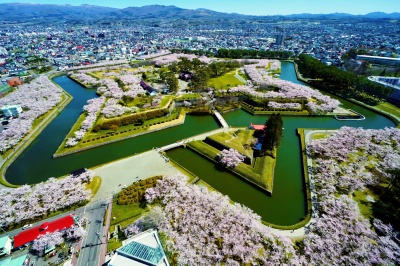
- https://www.visit-hokkaido.jp/en/feature/sakura
- When is the best time to see lavender? Recommended Lavender Spots in Hokkaido
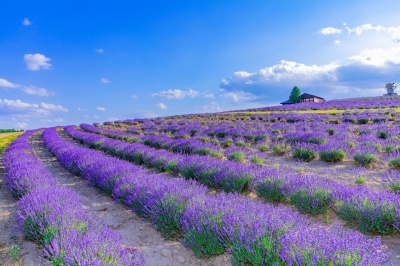
- https://www.visit-hokkaido.jp/en/feature/lavender
- Best Places to View Flowers in Hokkaido vol. 1

- https://www.visit-hokkaido.jp/en/feature/best-places-to-view-flowers-in-hokkaido-vol-1
